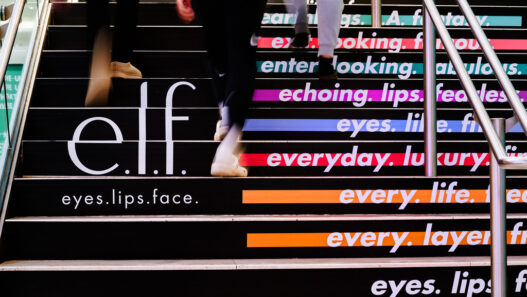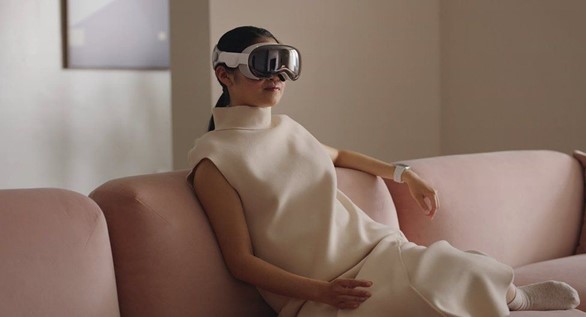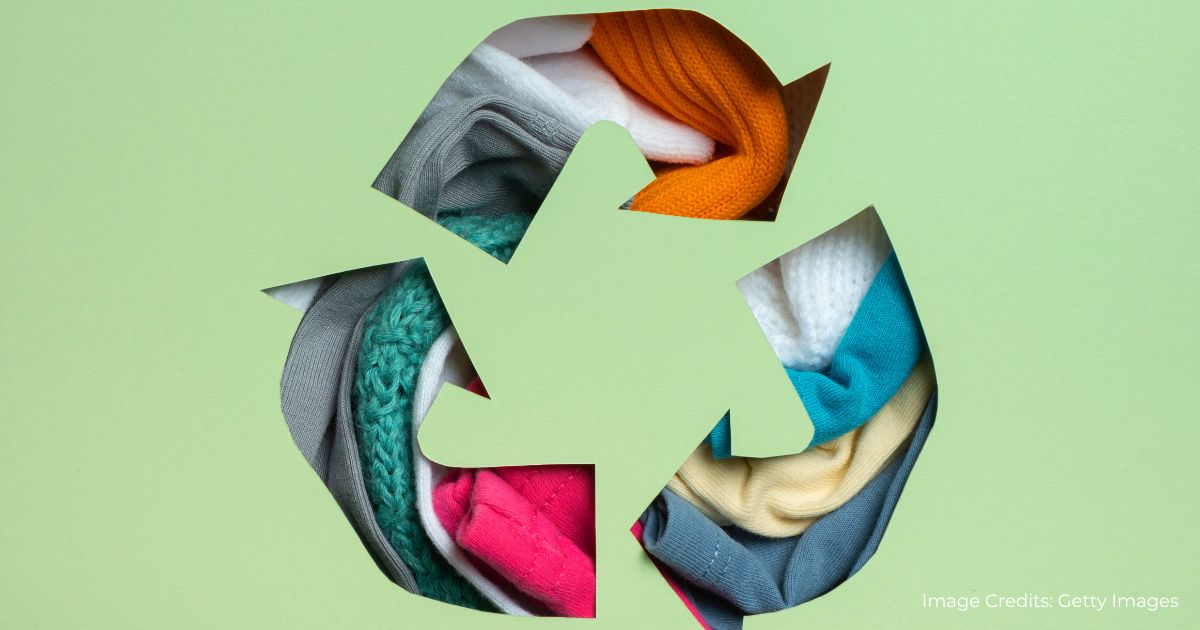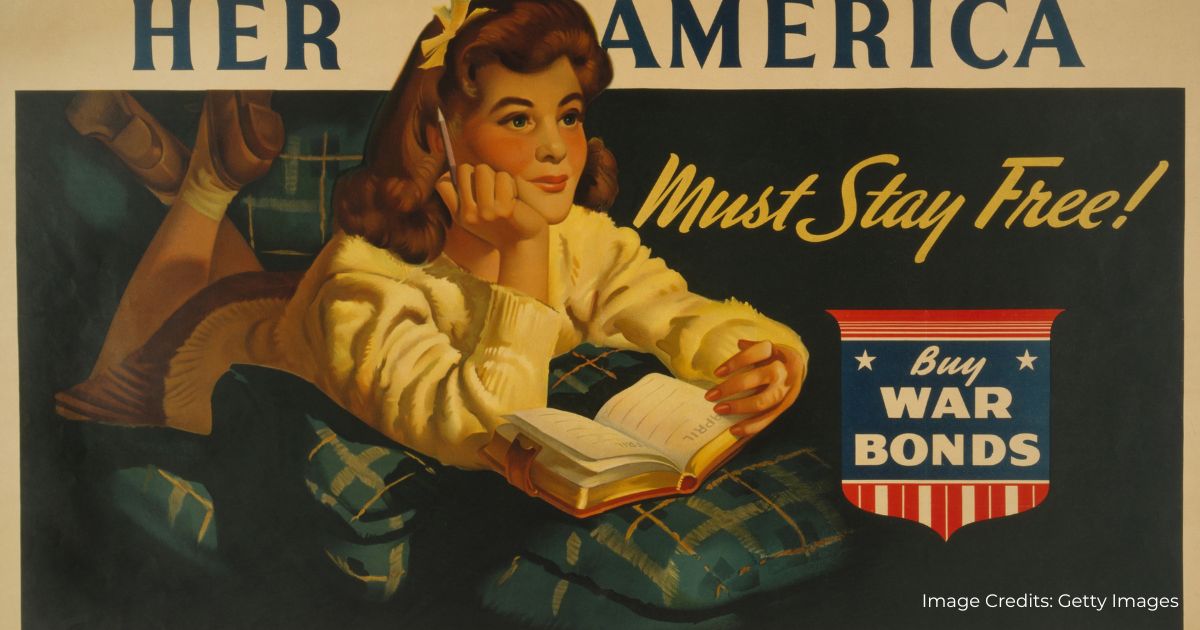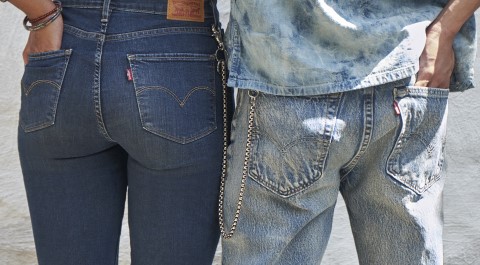In a devastating turn of events, a 24-year-old model met a tragic death on spot, while another person was injured when an iron truss, responsible for supporting the lighting fixtures, unexpectedly collapsed during a fashion show held at Laxmi Studio in Film City, Noida. The incident sent shockwaves through the venue around 1:30 pm on Sunday, leaving everyone deeply shaken and devastated.
While the victims have been recognised and the families have been informed, Police investigation is underway. The police authorities have taken the fashion show organizer and the individuals responsible for installing the ill-fated lighting truss into custody. This shocking development comes as they are being questioned intensively, aiming to uncover the circumstances leading to the catastrophic collapse. The police have registered a case, while the body of the deceased model has been sent for a post-mortem examination, revealing the gravity of the situation.
The weight of this tragedy cannot be understated, as it sends shockwaves throughout the fashion community and beyond. The loss of Vanshika Chopra, a vibrant young talent with a promising future, leaves a void that will be deeply felt. The severity of the incident underscores the urgent need for answers and justice in this distressing case and raises a very alarming issue of the safety and security of models in the fashion industry.
Legal Implications and Accountability Surrounding the Devastating Incident Unfold
The potential legal ramifications are significant, as various stakeholders may be held accountable for their roles in ensuring the safety and security of models. This include examining the responsibilities of the event organizer, venue owner, stage construction team, and equipment suppliers. Negligence or failure to ensure the safety of the participants could result in serious legal consequences for those found responsible.
Additionally, contractual agreements, insurance coverage, and adherence to safety regulations will also play a crucial role in determining liability. The severity of the incident further underscores the urgent need for enhanced safety measures within the fashion industry. The well-being of models should be a top priority, with strict adherence to safety protocols and regular inspections of event infrastructure. It is crucial to ensure that venues, equipment, and supporting structures are maintained in optimal condition to prevent avoidable accidents.
“A model can be construed as a consumer under the 2019 Act and her legal heir can initiate consumer proceedings for both the defective truss and deficiency in services in installation of the truss, in addition to breach of model contract with the organiser. Under the 2019 Act, the truss owner/manufacturer can face imprisonment for not less than seven years and 10 Lakh as a fine.”, says Subhash Bhutoria, a Lawyer closely working with Fashion Industry.
Tripti Dabral, A Fashion Runway Model says, “As someone in this industry, I find it necessary to discuss the legal aspect, particularly the absence of contracts. Despite the existence of rules and regulations, many individuals choose not to comply with them because they fear it would jeopardize their source of income. In the realm of fashion shows, organizers typically neglect to have models sign any agreements prior to their participation. This is primarily due to their desire to maximize profits through unscrupulous means, rather than compensating models for their hard work.
Furthermore, safety within the Indian fashion industry is frequently disregarded. Incidents can occur anywhere and at any time, but it is the responsibility of the organizers to be accountable for any negligence or mishaps.”
“This unfortunate incident underscores the importance of implementing liability for such incidents in the fashion industry. The collapse of the iron truss resulting in the death of a young model and injury to another individual raises serious concerns regarding safety measures in the industry. The organizers, as well as those responsible for installing the lighting truss, should be held accountable for their actions.”, says Anuj Kumar, Founder of Fashion Law Journal.
Drawing parallels to the Rana Plaza incident, this tragic incident serves as a wake-up call, prompting the industry to re-evaluate existing safety practices and implement more stringent guidelines in this industry. The loss of a young life highlights the urgent need for improved safety measures to protect the models who bring life to the fashion world. Both incidents underscore the pressing need for industry-wide reforms to prioritize the well-being and protection of those involved in fashion and garment production. It calls for a collective effort from designers, manufacturers, event organizers, venue owners, and all stakeholders to ensure the highest safety standards are upheld.
This incident serves as a stark reminder of the inherent risks involved in the fashion industry and emphasizes the necessity for heightened vigilance to ensure the safety and well-being of all involved. The entire industry now stands united in grief, resolved to prevent such tragic incidents from recurring in the future and remains committed to ensuring the safety and security of models.


